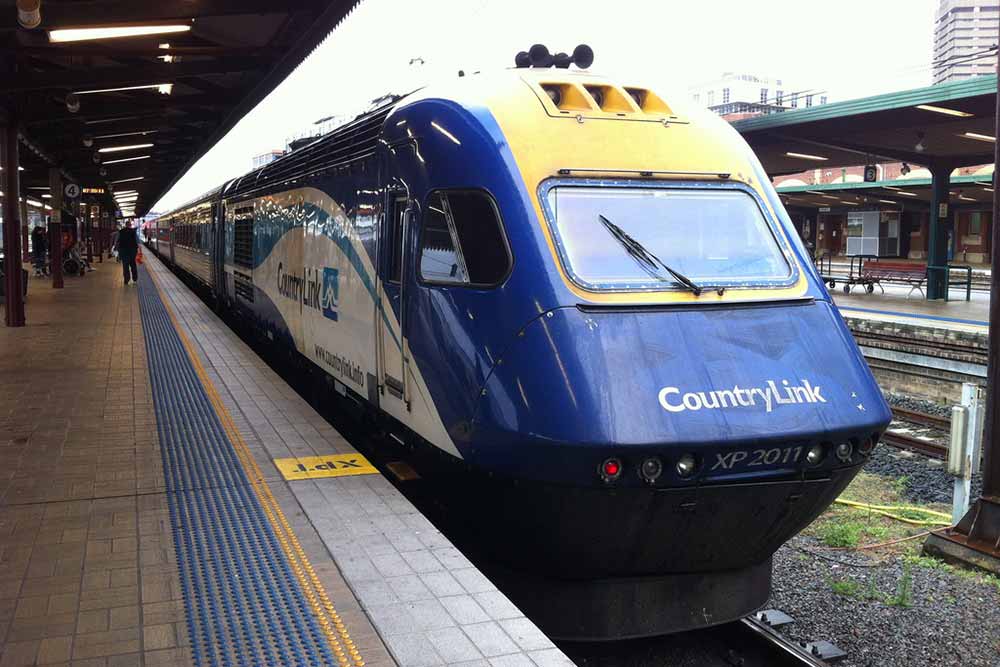
Image: Brian Yap
As Australia heads toward the prospect of having to cope with supporting a growing population, expanding suburbs and greater urban density, governments have been task with the unenviable duty to create new public transport solutions to move more people around.
Much of that means having to create new railway corridors, roads, highways, acquiring new fleets, or simply upgrading and improving what’s already there. And it’s an expensive but worthwhile investment for the New South Wales, Queensland and Victorian governments, which are experiencing unprecedented growth in all avenues.
The investment in these transport assets is huge, and when you stop and add up all the projects, the total dollar spend is enormous.
While not exactly on par with the ongoing proposed interstate high speed rail, which has been estimated to potentially cost upwards of $114 billion, the numbers released from state governments this week alone illustrate an impressive picture of public sector commitment to transport.
Just this week, the Queensland government announced that it was seeking public consultation on its number one infrastructure project, the Cross River Rail, valued at $5.4 billion, which Deputy Premier and Minister for Transport and Infrastructure Jackie Trad said was critical to the future of the state.
“Cross River Rail means better public transport and more jobs right across the South East Queensland network,” Ms Trad said.
She said however people choose to travel around South East Queensland, Cross River Rail will get them there faster.
“It’s a once in a generation city-shaping project that will get commuters home faster and create thousands of jobs,” Ms Trad said.
The employment these projects create are a core element in the proposal process, and this one is expected to support more than 1,540 jobs each year, with an anticipated construction timeframe of five years, which is more than 7,700 jobs for Queenslanders.
Heading a little further south is the NSW government’s plan announced this week to replace its regional rail XPT fleet, which will cost $50 million over three years.
The XPT carries passengers between Sydney, Melbourne, Brisbane and Dubbo, while travelling through a number of major regional centres including Bathurst, Orange, Taree, Coffs Harbour, Grafton, Goulburn and Albury.
The NSW government’s spin on this project is again, jobs. A big part of the replacement plan is to keep the assembly and maintenance of the new rolling stock within the state.
Deputy Premier and Minister for Regional NSW, Small Business and Skills, John Barilaro said this project presents a “golden opportunity” to stimulate local economies through the assembly and maintenance of these trains, creating sustainable employment opportunities including apprenticeships and traineeships.
A contract won’t be awarded until 2019, according to the government, so it’ll be a major opportunity for local rail manufacturing and maintenance companies to throw their hat into the ring and snag a potentially rewarding and ongoing partnership with the state government.
And finally at the southern end is Victoria’s $518 million investment into an upgrade of the Ballarat Line, which the Daniel Andrews government has just released to market.
The Ballarat Line Upgrade is expected to transform the services for Ballarat, Melton and Melbourne’s west, and will duplicate a 17 kilometre sector of single track between Deer Park West and Melton, paving the way for future electrification of the line to Melton.
Following the Request for Proposal (RFP) process, the project is expected to be completed by 2019.
These projects are only a snapshot of what’s coming in Australian transport, which has come under intense criticism for falling behind other Western nations and continents for failing to replicate their successes such as high speed rail in Europe.
Australia’s historical slugglishness in creating a more viable and respectable transport system has its origins in the fact that the railway gauges across state lines don’t even match in width, making our transport infrastructure the butt of jokes for a long time.
But today the billion dollar investments speak for themselves. If you’re a railway professional or someone in government or private sector with an opinion on Australia’s public transport, let us know and we’ll be happy to discuss opportunities to publish your article.





